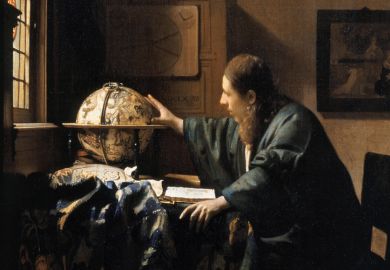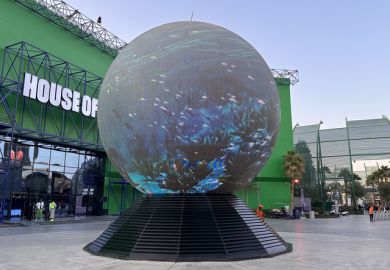The largest ever donation to the University of London will help secure the future of the pioneering Warburg Institute.
The institute is an internationally renowned centre for the study of the interaction of ideas, images and society, and the transmission of culture across time and space, with a special emphasis on the afterlife of antiquity. Established by Aby Warburg in Hamburg, Germany, in 1909, it moved to London when the Nazis came to power in 1933. It became part of the University of London in 1944 and a founding institute within the School of Advanced Study (SAS) in 1994.
The SAS has faced financial pressures in recent years, leading to the closure of the Institute of Latin American Studies and continuing discussion about the future of the Institute of Commonwealth Studies. In 2019, however, the Warburg Institute launched its own £14.5 million Warburg Renaissance project designed to “shape the future of cultural memory” and to “renew the institute’s founding mission and apply it to contemporary cultural, political and social understanding”.
An initial donation of £1 million was provided by the Hamburg-based Hermann Reemtsma Stiftung, a non-profit foundation that often supports institutions and initiatives dedicated to preserving cultural heritage and making it more widely accessible. The foundation’s founder, Hermann-Hinrich Reemtsma, visited the institute in 2019, as part of the last trip he made before his death the following year. He then pledged an additional £2 million, the largest ever donation to the University of London, as what his son called “a contribution from Hamburg to this second renaissance” of the Warburg Institute, and thereby helped secure its future.
The Warburg Renaissance project will involve a radical revamp of the building, designed by Charles Holden, where the institute has been based since 1957. This will see the creation of an exhibition area, better spaces to store and study the extensive archives, bespoke labs for conservation and imaging, and a library designed to incorporate at least 20 years of growth.
Renovated teaching spaces will enable the Warburg to take on more doctoral students and expand its MA programmes, summer schools and short training courses. A digital lab will allow students and others to explore Warburg’s pioneering work on images, including a touch-screen version of his Bilderatlas Mnemosyne (or Memory Atlas), which maps the migration of visual symbols from antiquity to the present.
“We are grateful for the support of the Hermann Reemtsma Stiftung and moved by the opportunity to honour Hermann-Hinrich Reemtsma himself,” said Bill Sherman, the Warburg Institute’s director. “The gift will not only allow us to transform our building in Bloomsbury, but strengthen our ties to the city of Hamburg, where the institute was born.”
Register to continue
Why register?
- Registration is free and only takes a moment
- Once registered, you can read 3 articles a month
- Sign up for our newsletter
Subscribe
Or subscribe for unlimited access to:
- Unlimited access to news, views, insights & reviews
- Digital editions
- Digital access to THE’s university and college rankings analysis
Already registered or a current subscriber?







